The Cyberlayman editorial team has already climbed a few months ago on the Fiido D1 electric bike, of which we have proposed a review at this address. Today we tell you, instead, about the Fiido D2 electric bike, a not too revolutionary update, which confirms the good present on the previous model, and adds significant details.
Considering that Fiido D2 shares 90% of the features and functionality with the previous model, we refer you directly to the review of the D1 model to get an idea of how it is made, how it fits, and how it folds.
In this article, therefore, we prefer to focus on the differences, which at first glance may be almost nil, but which instead are many, and significant. In this way we will help you to choose the most suitable model for you.
Aesthetics
The aesthetics of the Fiido D2 electric bike don't seem to be that different from the previous one. In fact, just unpacked, this D2 seems to be the twin of the previous model. The first obvious difference is in the wheels, no longer 14 inches, but 16 inches. The wheels are, therefore, slightly larger than the previous model, and this has several advantages, but perhaps also some disadvantages.
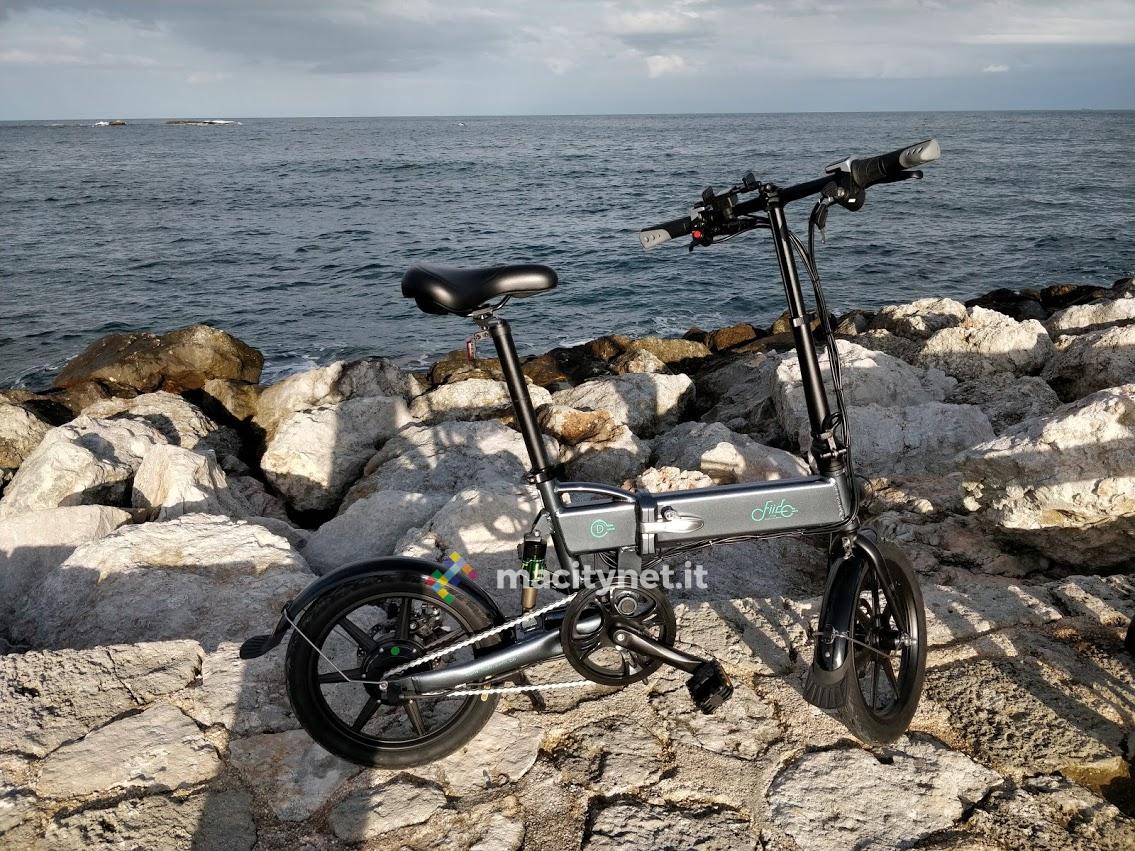
Among the first we certainly include the possibility of covering slightly more bumpy roads, considering that a larger tire will allow for more dampening of vibrations on roads with holes and in any case not perfectly paved.
Among the seconds, as will be said later, we found a greater slowness in the assisted pedaling. Again, among the differences, on this second model the predisposition on the frame to house a bottle has been removed. Not bad, however, since there will certainly be solutions for attaching water bottles or other accessories to the bike.
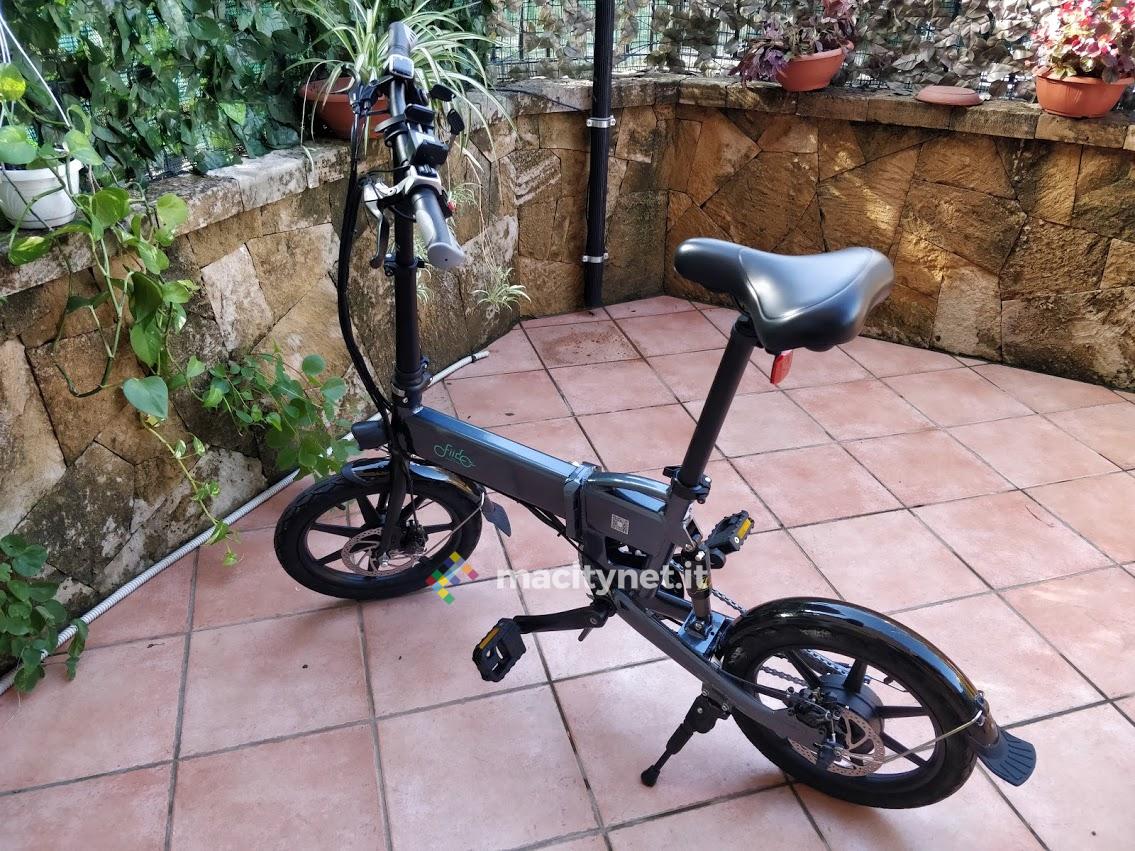
Among the points of indisputable advantage of this second model is the presence of a small shock absorber present in the rear and lower part of the frame: this, together with the larger wheel, allows you to travel on bumpy roads and to more cushion jolts, vibrations and, in general, to better hold the road. This is an addition that allows the driver to be more comfortable while driving.
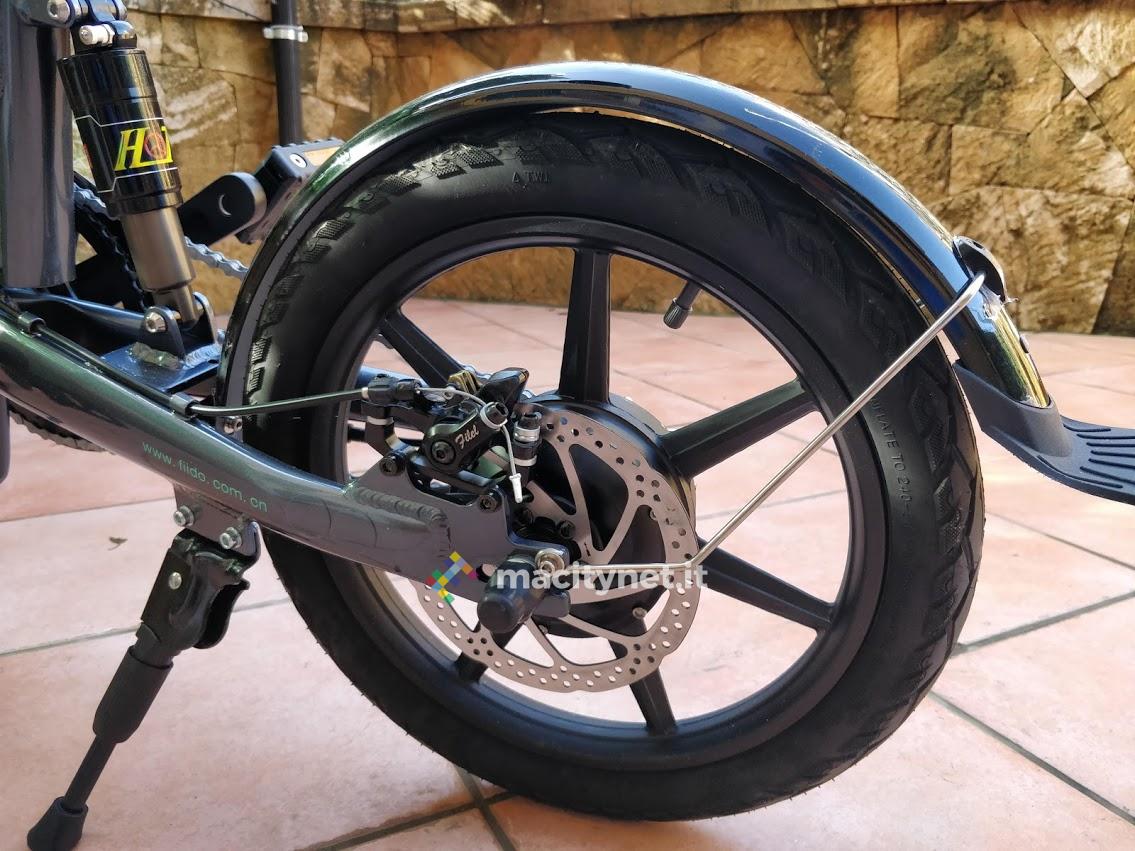
Other differences, which in any case do not affect the functioning of the bike, concern the presence of different wheel covers, now more stable and which protect more from any splashes of mud or from small debris that could rise during the ride. For the rest, Fiido D2 is really a twin of Fiido D1: we liked the minimal design of the previous model, and we can only confirm our opinion on this new version too.
Data sheet
Modes: manual, automatic, assisted
As with the Fiido D1, this new model also offers three different travel modes. The first is the manual one, that is a traditional pedal bicycle. In this case, D2 is certainly better than D1, as it takes a little less effort. The pedal assist mode, on the other hand, seemed to us to be set up differently: it no longer has that momentum of the previous model, but the pedal assistance seems to be activated more gradually.
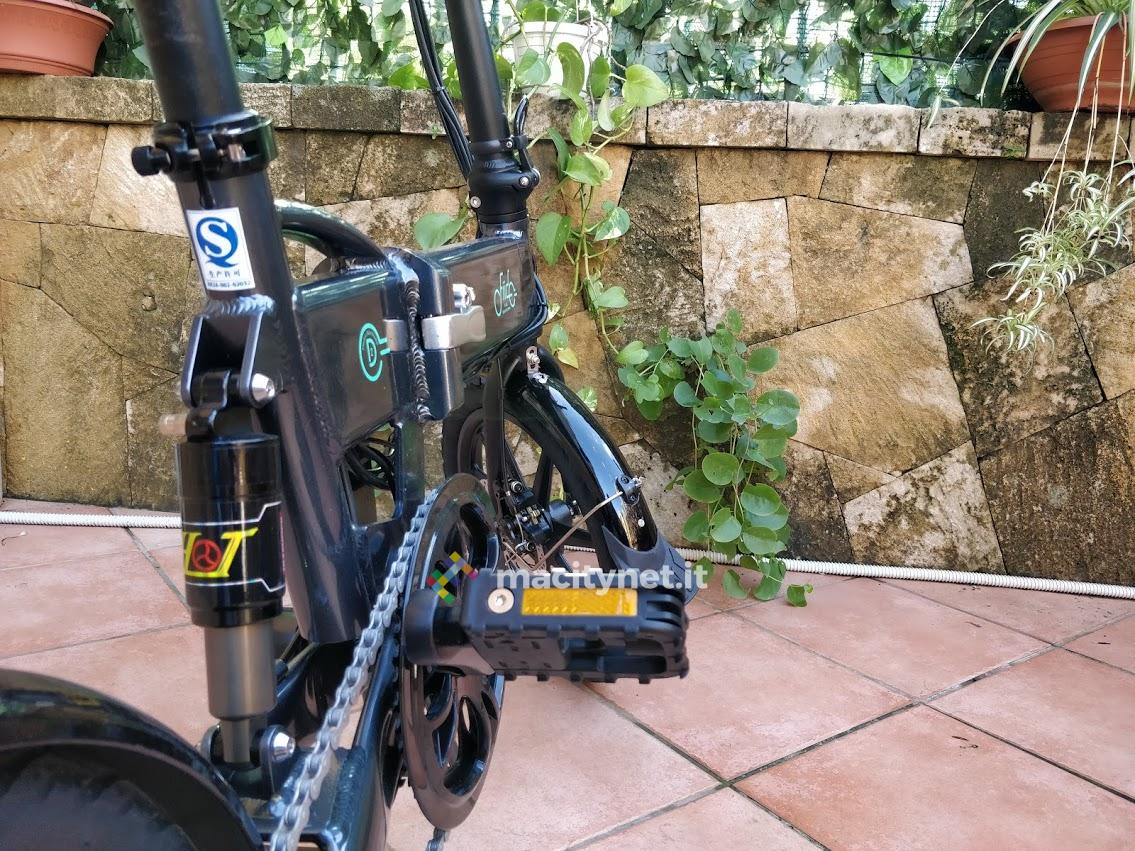
The assisted pedaling is always pleasant, but having made a direct comparison, the D1 turns out to be faster, more agile and snappy. In part it will be due to the size and weight of the tire. The third mode, on the other hand, the full electric one seems to have been enhanced.
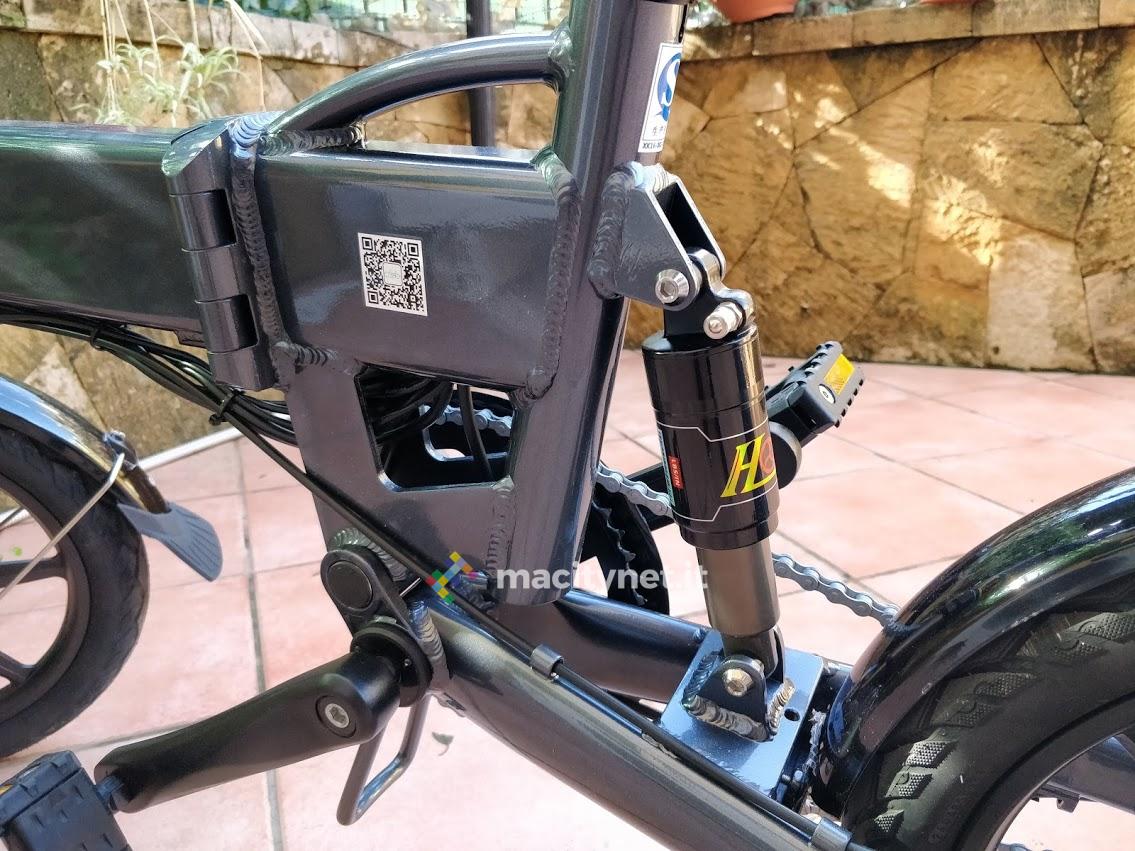
We conducted tests to verify which of the two electric bikes was faster: in electric-only mode the Fiido D2 beats the previous model with no possibility of reserves.

Autonomy
As for autonomy, however, this new bike model behaves exactly like the previous one. The manufacturer has lowered the pitch slightly, declaring less than the first model. On paper, D2 should reach 30 – 40 km (no more 40 net), while with pure electric mode 60 – 80 km (no more 80 net). Estimates are closer to reality, but actual results encounter many variables. 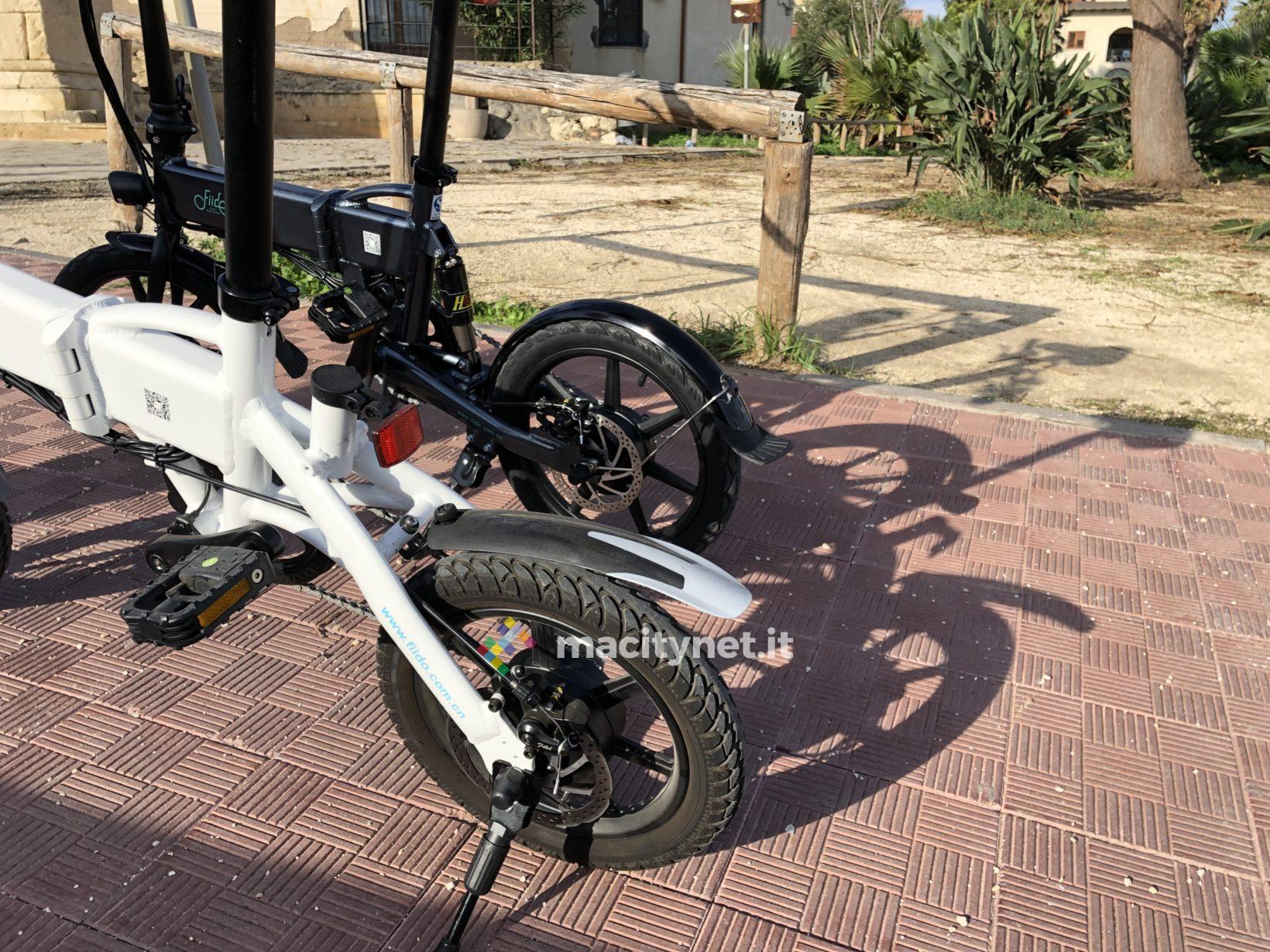
Realistically, even with this second version of electric bike, in assisted pedaling mode it will reach about 40/45 km, while in Full electric mode it could be close to 30 km. As mentioned, however, these are data that are influenced by numerous variations, and in different conditions, particularly different distances could be covered.
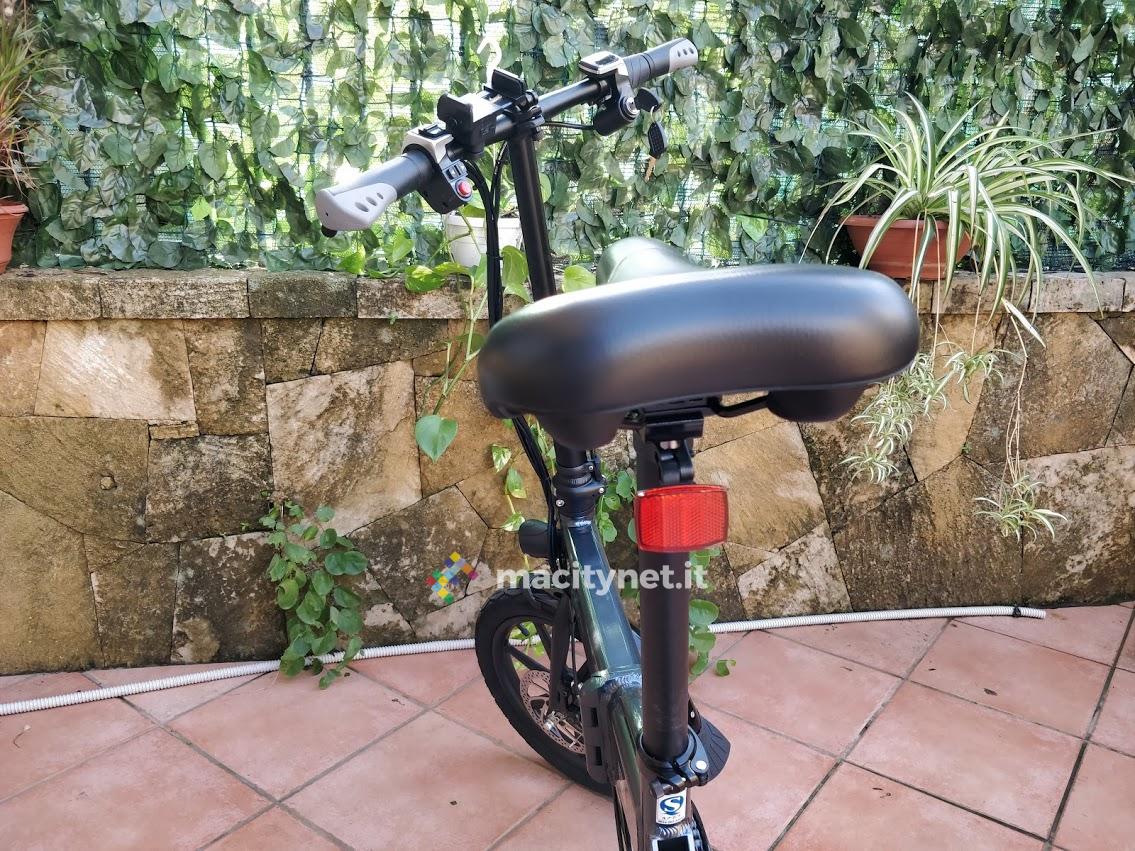
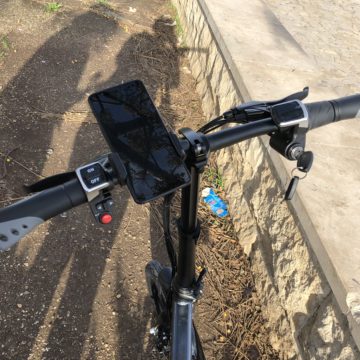
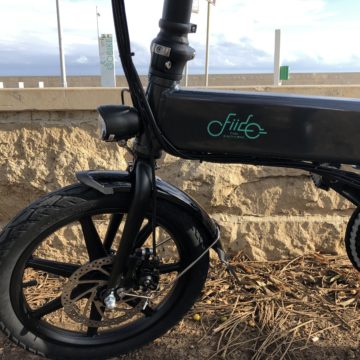
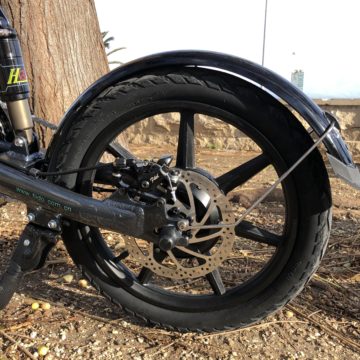
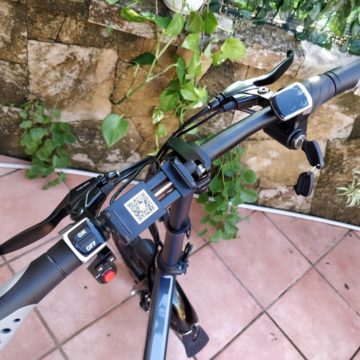
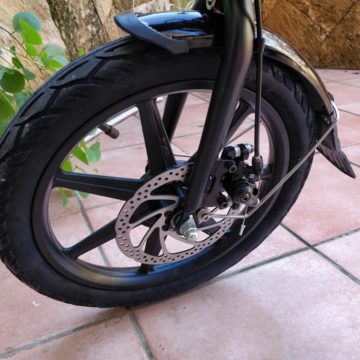
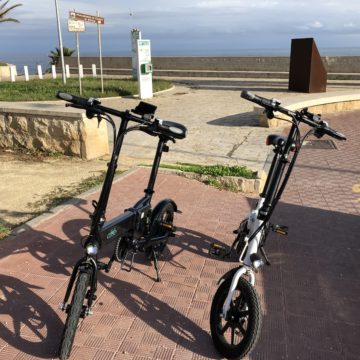
In any case, it is a good autonomy, also in consideration of the particularly low price. The 10400 mAh model, however, undoubtedly increases the data on the distance that can be traveled on a single charge. Speaking of the latter, fully charging the battery takes about 6 to 7 hours.
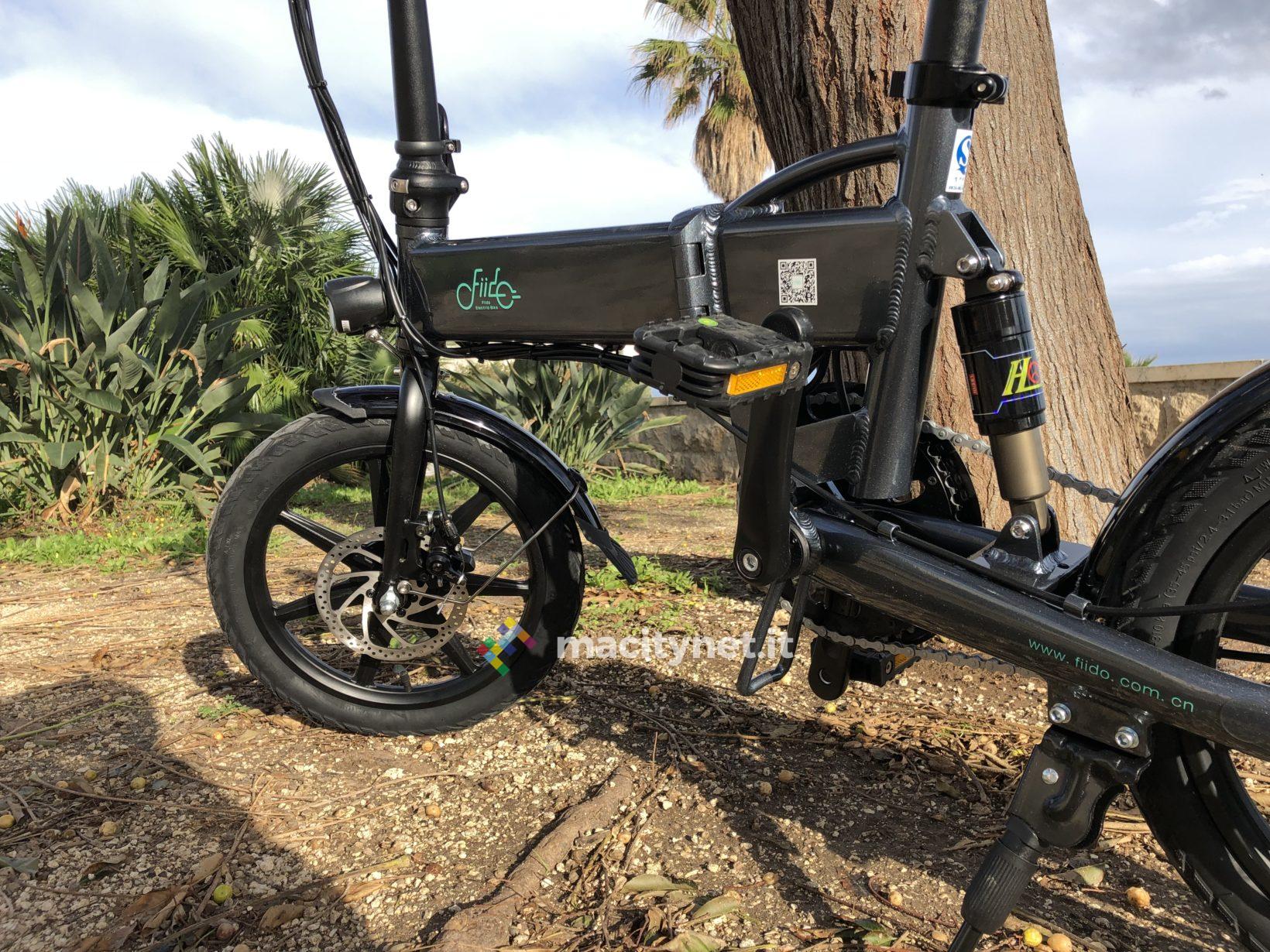
Electric bikes and highway code
At the moment there is no real specific legislation focused on electric scooters, electric bikes and Hoverboards, although things could soon change with the changes to the rules of the road.
At the moment, however, the difference between a pedal assisted bike, effectively equated to a velocipede, and an electric bike, equated instead to a full-fledged scooter, comes to the rescue.
The main reference, at the moment, is Article 50 of the Highway Code, according to which “Velocipedes are vehicles with two or more wheels operating exclusively with muscle propulsion, by means of pedals or similar devices, operated by people which are on the vehicle; pedal assisted bicycles are also considered cycles, equipped with an electric auxiliary motor having a maximum continuous rated power of 0.25 kW whose power supply is progressively reduced and finally interrupted when the vehicle reaches 25 km / h or earlier if the cyclist stops ride. 2. The cycles cannot exceed 1.30 m in width, 3 m in length and 2.20 m in height “.
Beyond a second paragraph, which focuses on the limits of bicycles in terms of measurements (La Fiido fits perfectly within these limits), it is the first paragraph that effectively limits the use of the bike reviewed on public roads. And this for the following distinction:
It is a bicycle that, falling within the dimensional limits described above by the standard, falls into the category of velocipede, even if it has an electric motor (with a maximum power of 250 w). This is because, the pedal assisted bike, without too many technicalities, does not walk except through the human pedaling of the rider. The motor, then, is only auxiliary, and serves to make the pedaling “lighter” and less tiring. In other words, if you stop pedaling or if the vehicle reaches 25 km / h, the engine stops. This type of bicycle, then, can currently also circulate on public roads, without any particular authorization, a bit as if it were a traditional bike.
This second type of bike, on the other hand, has a motor which, in addition to being an auxiliary, therefore to assist the human pedaling, can also be operated without pedaling. In this way, the electric bike is equated to a scooter. From this it follows that such a bicycle can circulate only within private areas, such as internal areas, private parks and gardens, salons, fairs. For this second type of bicycle, which works even without pedaling, you need a helmet, insurance, license plate, AM license and driving license, therefore the same requirements as a scooter.
We wonder, then, if the Fiido bicycle, as well as any other electric motor bike, can be “transformed” into a pedal assisted bike for the highway code, simply by removing and totally, and therefore definitively, removing the mechanism that operates the motor without pedaling.
Either way, something starts to move. A drawing will shortly bring new categories of vehicles into the Highway Code: among them skateboards, electric scooters and hoverboards. At present, the Commission is discussing the limits to the circulation of these new media. It remains to be seen whether they will be able to circulate only within cycle paths or pavements, or whether they will also be able to circulate on the street, with the due limitations, perhaps linked only to inhabited centers.
Conclusions
D1 promoted, D2 promoted. We would say, in this case, the second is good. Fiido D2, like the previous model, is fun, as well as really useful for traveling. Despite being small in size, it gives a pleasant driving sensation, even more thanks to the 16-inch wheels and the rear shock absorber, which allows the rider to be even more comfortable and to suffer less stress while riding.
Sturdy and well designed, with a truly appreciable range. And what about the price? It costs only about 380 euros, the lowest possible for an electric bike of this type. It folds up to easily carry it in the trunk of a car, so as to embellish your trips out of town with the possibility of out-of-town walks. Be careful to always use it within the legal limits.

Fiido D2 is really recommended to everyone: the manual pedaling is slightly easier than the first model, the assisted one is slower, while the electric one is much faster than the D1. Choose one or the other model based on these characteristics, but both are passed with flying colors, whatever the mode of use.
Fiido D2 and D1 have similar prices, ranging between 400 and 440 euros:
We also point out that GearBest has significantly improved shipments of electric bikes to Italy: if until a few weeks ago only a particularly slow shipment (40-45 days) was available, now the safe Italy Express shipments are active. cheap and really fast.
PRO
Cons





